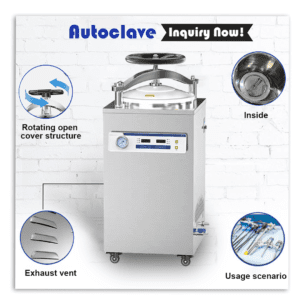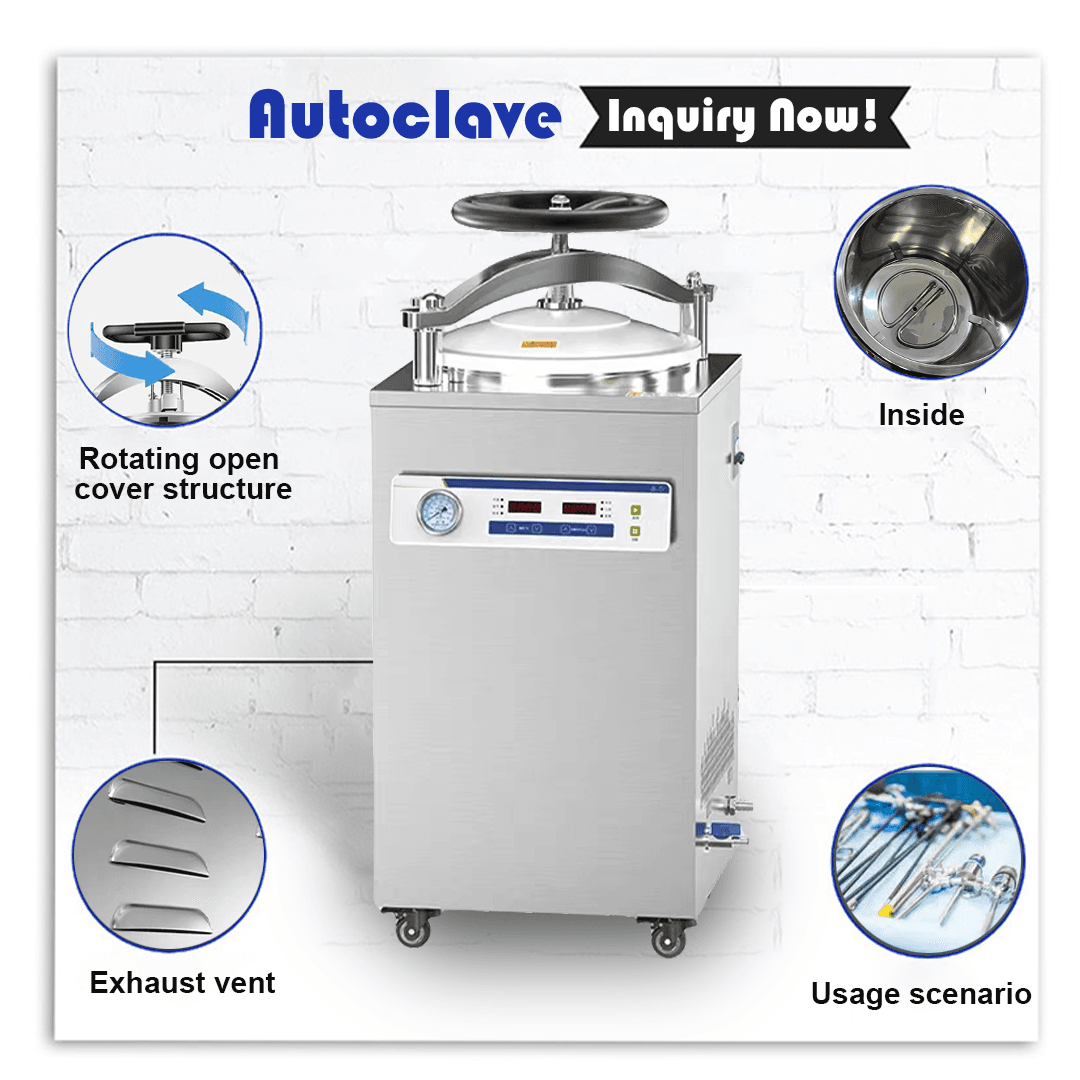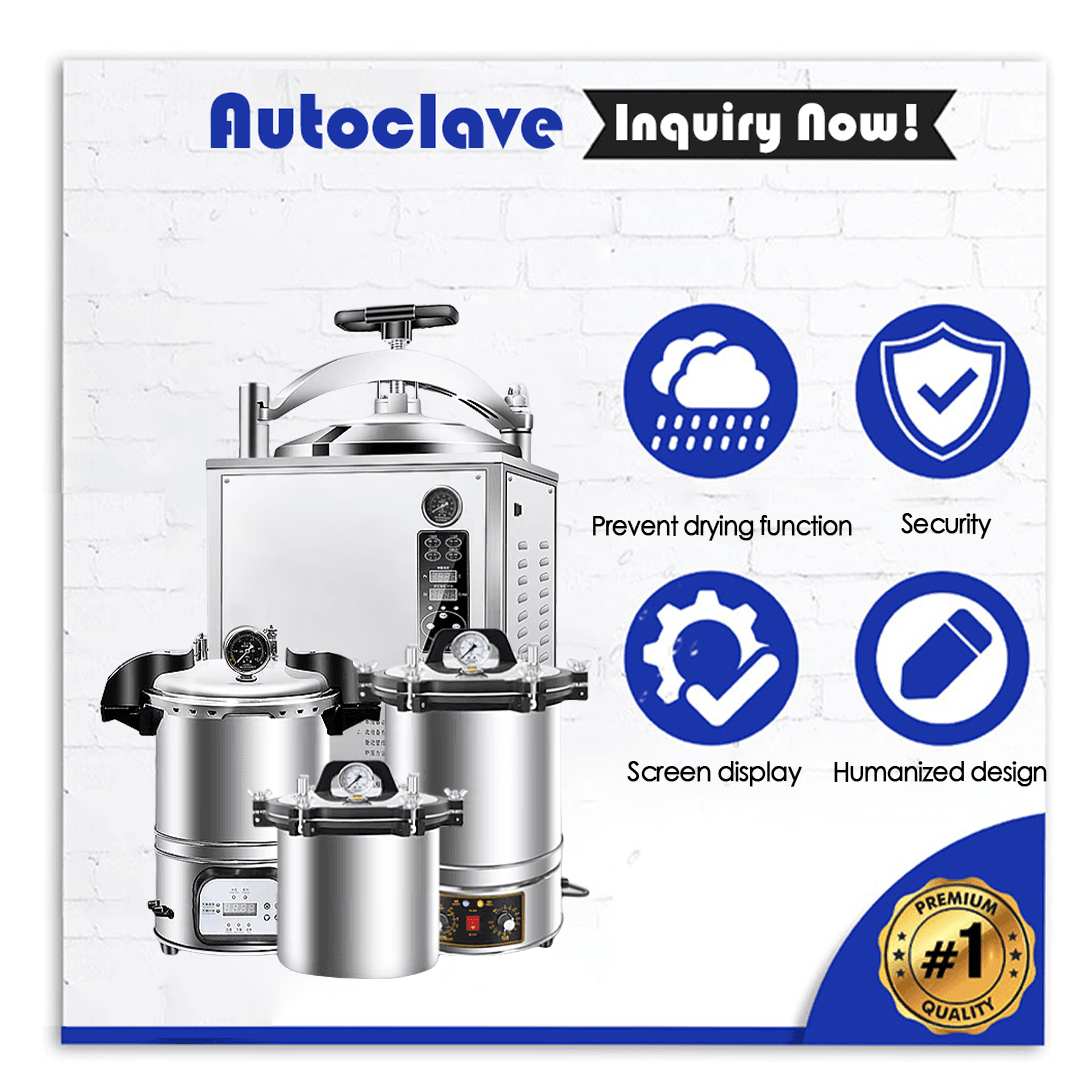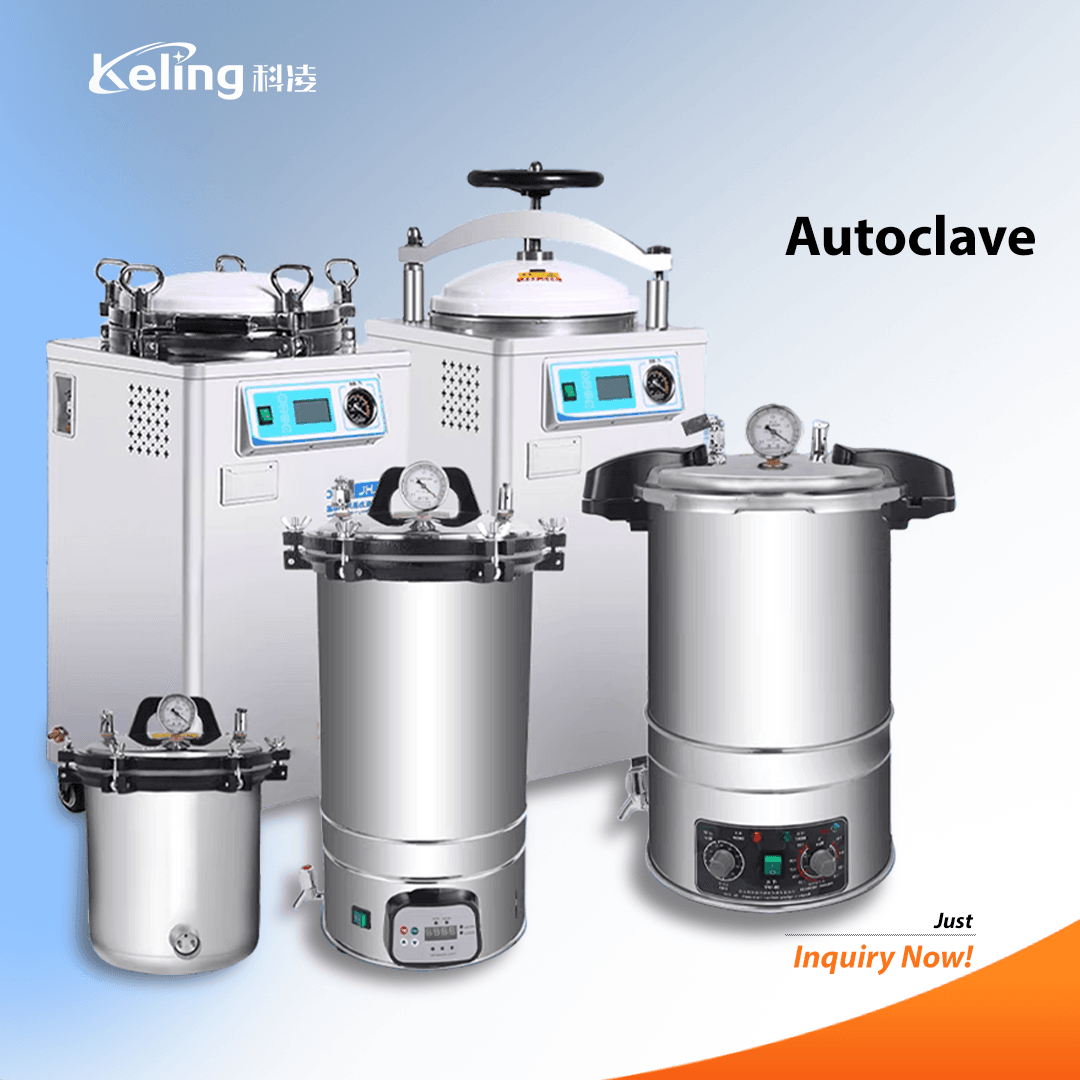
Medical equipment distributors, resellers and procurement specialists who understand proper maintenance procedures can educate their clients to maximize their investment returns.
Our guide provides insights into veterinary autoclave maintenance by discussing daily and periodic tasks while identifying professional servicing needs and offering tips to extend device lifespan.
Regular upkeep of your veterinary autoclave is essential to maintain its performance and ensure it operates safely while lasting longer.
Autoclaves that are not properly maintained can fail to sterilize instruments fully which creates infection risks for both animals and staff.
Regular maintenance catches small issues early to prevent major problems which reduces repair or replacement costs.
Autoclaves that receive proper maintenance operate for extended periods which results in better investment returns alongside reduced operational interruptions.
Veterinary clinics are required to follow rigorous cleanliness and sterilization protocols. Regular maintenance ensures compliance with these regulations.
Regular daily maintenance enables your veterinary autoclave to function properly and maintain peak performance.
It is necessary to clean the chamber after every operation to eliminate residue and stop buildup.
A soft cloth or sponge should be used to wipe down the interior.
Stay away from harsh cleaning agents as they have the potential to harm the chamber.
Carefully monitor zones that show a tendency to gather residue.
The sterilization process depends heavily on the presence of water.
Fill the water reservoir exclusively with clean distilled water.
Do not use tap water because it can cause mineral buildup that damages the system.
Examine the water tank for any indications of contamination.
The autoclave relies on its door seal (gasket) to maintain proper pressure while operating.
Inspect the door seal for any indications of cracks or tears and look for evidence of deterioration.
Use a damp cloth to remove any dirt or debris from the seal.
Regular maintenance activities address both deep cleaning requirements and inspection needs.
Gaskets and seals function as essential components for pressure retention.
Look for signs of damage or wear that could lead to leaks.
Change gaskets whenever necessary to maintain an effective seal.
Over time mineral deposits from water accumulate and degrade performance.
Apply a manufacturer-approved descaling solution to eliminate limescale buildup.
Conduct all procedures according to the instructions to prevent damage to the autoclave.
Regular cleaning of the chamber prevents residue accumulation and maintains optimal performance.
Take the trays and racks out of the autoclave and clean each one individually.
The chamber interior should be scrubbed with a non-abrasive cleaner.
The drain line functions to expel excess water and steam from the autoclave.
Check the drain line to identify any obstructions or blockages.
If necessary use clean water to clear the drain line.
Despite routine maintenance veterinary autoclaves still need professional servicing occasionally. Here are some signs to watch for:
If sterilization of tools fails to meet standards there might be problems with the heating element or pressure system of the autoclave or incorrect cycle settings.
Hissing or banging sounds from an autoclave might indicate an issue within the pressure system or its internal components.
Modern autoclaves use error codes to report malfunctions. The user manual contains important diagnostic information or professional assistance from a technician can help solve problems.
The presence of leaks near the door or from internal components indicates damaged seals or gaskets that need urgent repair.
The autoclave may require servicing to fix possible blockages or worn components if it heats up or cools down more slowly than normal.
Routine maintenance and proper care work to greatly increase autoclave longevity. Here are some additional tips:
Distilled water prevents mineral deposits from forming inside the machine which protects internal components and maintains efficiency.
Maintenance and operation procedures should always be followed according to the manufacturer’s instructions. Improper cleaning products or methods may lead to damage in your autoclave.
To maintain your autoclave in excellent condition you must schedule professional servicing even if routine maintenance is performed.
Train every staff member to operate and maintain the autoclave according to proper procedures. Incorrect operation of equipment leads to increased wear and tear.
Maintain an autoclave in a dry and clean space to protect it from rusting and environmental contamination.
To extend your veterinary autoclave’s lifespan and prevent expensive repairs you need to maintain its functionality for proper sterilization. Implementing daily and weekly maintenance tasks alongside monthly checks and quick issue resolution enables your autoclave to function effectively for many years.
Medical equipment distributors, resellers and procurement specialists can give better client support by understanding these maintenance suggestions.
If you’re looking for a reliable veterinary autoclave or need expert advice on maintenance, Keling Medical is here to help. Contact us today to learn more about our products and services.
Daily cleaning is essential, with deeper cleaning and descaling recommended weekly or monthly, depending on usage.
Always use distilled water to prevent mineral buildup and maintain optimal performance.
Signs such as incomplete sterilization, unusual noises, error messages, or leaks indicate the need for professional servicing.
No, only use manufacturer-approved cleaning products to avoid damaging the autoclave.
With proper care and maintenance, a high-quality veterinary autoclave can last 10 years or more.
E-mail: inquiry@shkeling.com
WhatsApp: Faceți clic pentru chat
Site web: https://autoclaveequipment.com/
Let us help you maintain and extend the lifespan of your veterinary autoclave!

Condițiile de sterilitate rămân fundamentale în cabinetele stomatologice pentru a proteja pacienții, respectând în același timp standardele de reglementare în domeniul sănătății. Clinicile stomatologice se bazează pe autoclave pentru a-și steriliza instrumentele și echipamentele care eradică microorganismele periculoase.

Menținerea condițiilor sterile pentru instrumentele și echipamentele dentare rămâne esențială pentru protejarea pacienților și respectarea standardelor de sănătate. Sterilizatoarele dentare servesc drept echipamente esențiale care elimină microorganismele periculoase din

Domeniul dentar necesită medii sterile pentru a asigura siguranța pacienților și pentru a respecta standardele de reglementare în domeniul sănătății. Autoclavele dentare servesc ca mașini de sterilizare dedicate care distrug microorganismele dăunătoare de pe echipamentele dentare

Industria medicală și industria prelucrătoare necesită medii sterile pentru a asigura siguranța și a respecta standardele industriale. Mașinile autoclave industriale servesc ca dispozitive sofisticate de sterilizare care utilizează abur de înaltă presiune pentru a igieniza

Menținerea unui mediu steril este esențială pentru siguranța și conformitatea cu reglementările în domeniul sănătății și în industria prelucrătoare, printre altele. Autoclavele industriale reprezintă sisteme sofisticate de sterilizare care utilizează abur de înaltă presiune pentru a eradica

Sectorul asistenței medicale necesită metode eficiente de sterilizare mai presus de orice. Autoclavele mari mențin sterilitatea instrumentelor și echipamentelor medicale prin eliminarea microorganismelor periculoase. Aceste dispozitive gestionează încărcături substanțiale de